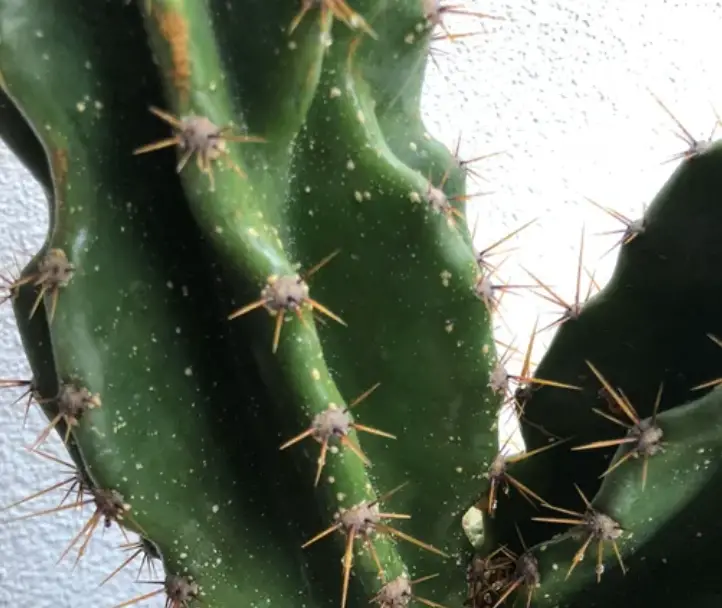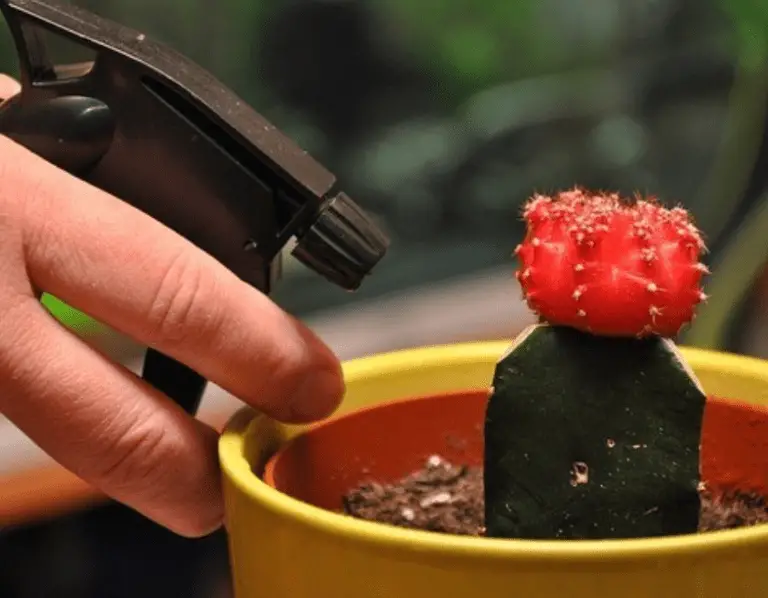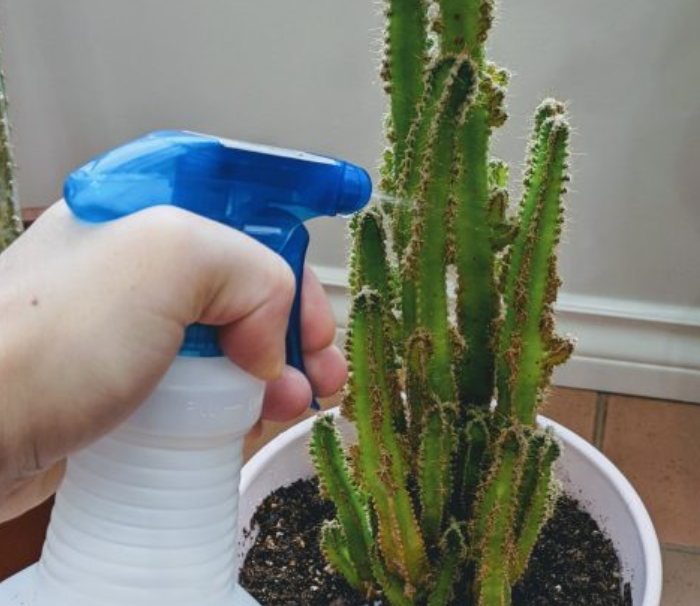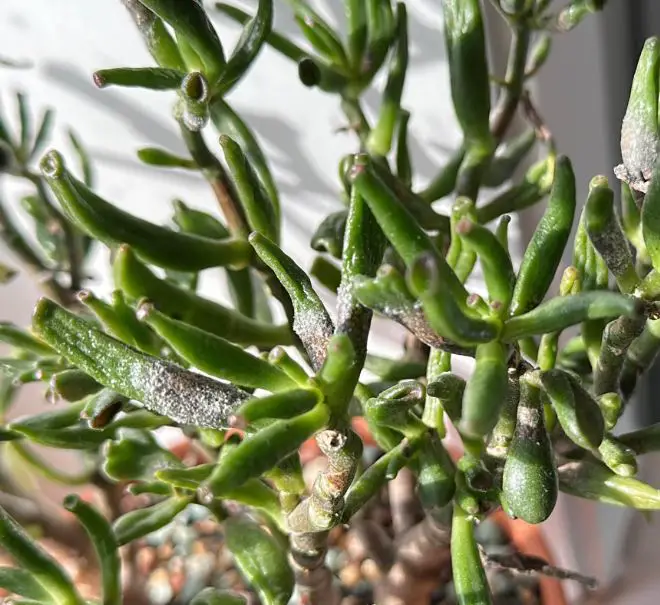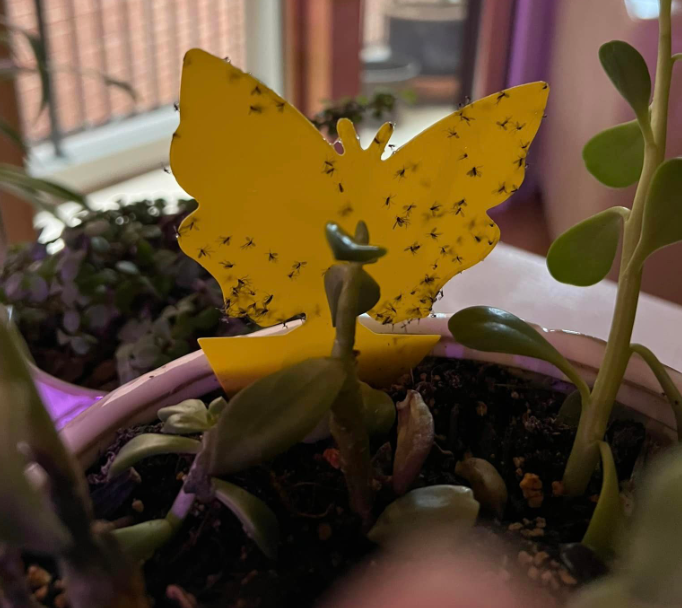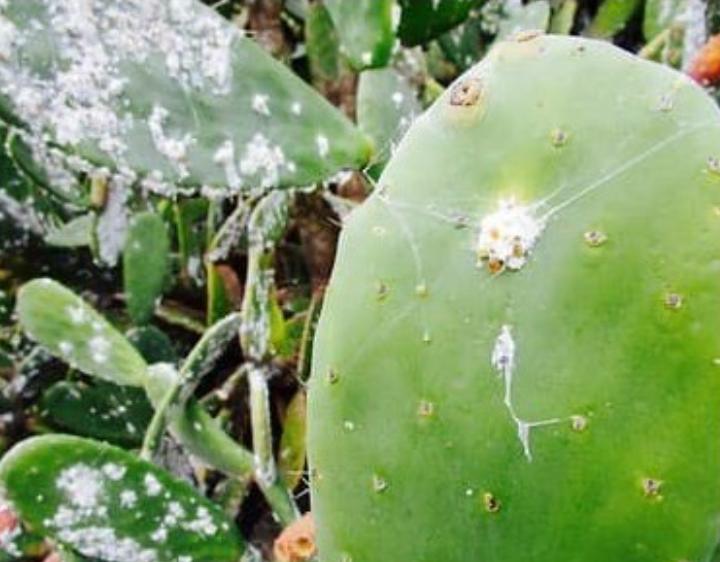Signs of Mealybugs on Succulents and What to Do
Succulents have gained immense popularity due to their stunning beauty, resilience, and minimal care requirements. However, these remarkable plants are not immune to garden pests, and one particularly notorious intruder is the mealybug.
In this guide, explore more on what mealybugs look like, their signs on succulents, and some of the most effective control strategies.
What do mealybugs look like?
Mealybugs are tiny, insects with sharp piercing mouths. They are usually covered in a powdery, waxy substance not common with most insect pests. This white or gray coating serves as protection for their eggs and young ones. Females produce eggs which hatch into nymphs.
As nymphs mature into adults, they actively feed on plant sap. This is a liquid substance rich in nutrients and sugars that keep plants healthy. During their growth and development stages, mealybugs continue to secrete a waxy substance that provides them protection.
Most of the adult mealybugs seen females. They are wingless with oval, segmented bodies covered with wax. Males have wings but are rarely seen. Newly hatched nymphs lack wax and can move from one plant to another and as soon as they settle down they begin producing a waxy covering.
Note: Mealybugs might easily be confused with scale, woolly aphids, and whiteflies, which also produce wax and honeydew.
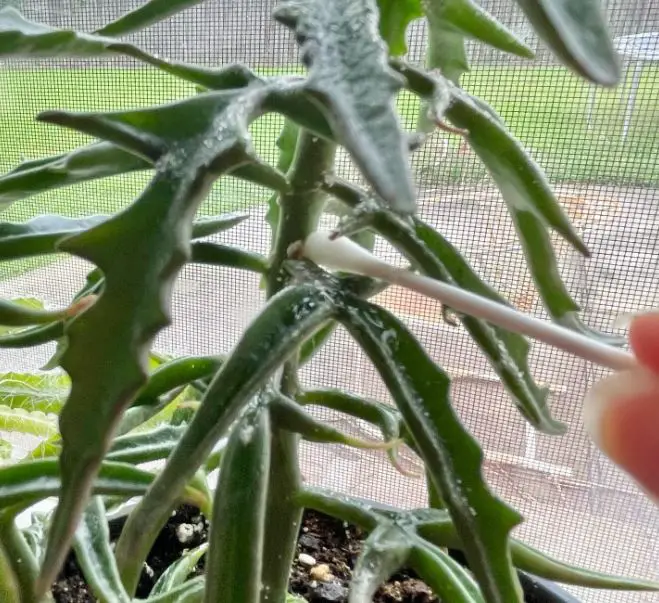
Signs of mealybugs on succulents
Mealybugs target the soft plant tissues to easily suck the sap. This can cause significant damage to succulents. Stunted growth, yellowing, black sooty mold, and distorted leaves are some of the effects of mealybugs. In severe infestations, mealybugs can even kill the plant.
According to the University of California, mealybugs can camouflage and hide, making them difficult to spot on plants. Here are the common signs to look out for:
White-cottony substance
Mealybugs are often covered in a cottony white substance that resembles the fluff of wool. This substance is a type of waxy secretion that they use for protection and camouflage. If you notice patches of white fuzz on your succulent, it’s likely a sign of mealybugs.
Buds and leaf damage
Mealybugs feed on plant sap and they have to pierce the plant tissue with their sharp mouthparts to suck out the juices. This feeding habit commonly causes visible damage to the plant leaves and young buds.
Severe mealybug infestations can also cause yellowing, wilting, or distorted growth in your succulent’s foliage. If there’s no intervention, the plant might start dropping leaves or even exhibit signs of overall decline. This can be a late-stage sign of a severe infestation.
Visible clusters of colonies
In more severe mealybug infestations, you might be able to see the bugs themselves, especially in their nymph stages. Mealybugs commonly gather in clusters and tend to concentrate in areas with tender plant tissues.
So check carefully at the leaf axils, the base of leaves, and along the stems on the succulent. Roots mealybugs, in particular, can be difficult to spot unless you remove the plant from the soil.
Honeydew and sooty mold
As mealybugs feed, they excrete a waxy sugary substance called honeydew. Sooty mold feeds on this sticky substance and you’ll notice a dark, powdery layer forming on the plant’s surface. Sooty mold can completely distort the appearance of the plant and stop the sun from reaching some areas of the plant.
Ants are often attracted to the honeydew excreted by mealybugs. So, if you notice a sudden influx of ants around your succulent, it might indicate the presence of mealybugs.
How to get rid of mealybugs on succulents
Mealybugs are skilled hitchhikers and can spread easily from plant to plant. They can be carried by wind, on clothing, or via new plants. As crawler nymphs are mobile, they can quickly move from one plant to another, even across short distances.
So, getting rid of mealybugs on succulents requires a combination of approaches, as these pests can be persistent. Here’s a step-by-step guide to help you effectively manage and eliminate mealybug infestations:
1. Isolate and inspect infested plants
If you suspect mealybugs on one of your succulents, isolate the infested plant from the rest of your collection. This not only prevents the infestation from spreading but also provides a chance to inspect and determine the extent of the damage.
2. Prune and remove severely infested parts
Trim and remove the heavily-infested parts of the plant. Use scissors or pruning shears to carefully cut away the affected areas. Dispose of the removed parts in sealed plastic bags to prevent spreading. As said, mealybugs can crawl across short distances.
3. Remove visible bugs manually
Gently remove all the visible mealybugs with a soft brush or a cotton swab. Spray the plant every other few days with a strong strand of water to dislodge the bugs. Cover the soil with a plastic sheet to avoid overwatering the succulent.
Focus on the clusters and hidden areas where mealybugs tend to congregate. They often live in protected or hidden areas of plants such as in the crown, in branch crotches, or on stems near the soil.
4. Use isopropyl alcohol solution
Dip a cotton swab or ball in isopropyl alcohol and gently dab it on the mealybugs. This method is only helpful in eliminating a few insects and small colonies on the plant. Be cautious not to saturate the plant with alcohol, as it can damage the succulent.
5. Use natural predators
Introduce natural predators such as mealybug destroyer ladybugs, lacewings, or predatory beetles to your succulent area. These beneficial insects feed on mealybugs and can help keep their populations in check. This means you must be willing to tolerate the beneficial insects in your home.
6. Treat with neem oil or insecticidal soap
Neem oil and insecticidal soap are effective organic common garden pests including mealybugs. Mix as directed by the manufacturer and thoroughly spray the affected plants. Ensuring good coverage, especially on the buds and undersides of leaves.
Horticultural oil suffocates mealybugs by blocking their breathing pores. Insecticidal soap on the other hand strips off the waxy protective coating from the insects. Mixing neem oil and insecticidal together can provide a combined power for killing mealybugs.
7. Consider systemic insecticides
If other methods have failed, consider using a systemic insecticide formulated for mealybug control. These insecticides should be used as a last resort but carefully read the instructions and use as directed. You may need to use insect growth regulators when beneficial insects are present.
Systemic insecticides are absorbed by the plant and can kill mealybugs when they feed on the plant sap. Since mealybug eggs and adults are well protected from insecticides, you will need to apply two to three treatments at 10-14 day intervals to get good results.
8. Maintain proper cultural practices
Healthy succulents are more resilient to pests and diseases. Ensure your plants receive proper light and air circulation, and avoid overwatering. Succulents become more susceptible to mealybugs when stressed. Conduct regular inspections and quarantine new plants before they are introduced to your collection.
Final thought
Mealybugs are highly persistent and it may take a combination of strategies to completely get rid of them. The most important step is to remain vigilant for any future infestations. Monitor your plants regularly and treat for mealybugs as soon as you notice the signs.
My name is Diane M Lewik, and I am the founder of this website. I am a degree holder in plant biology from the University of California – Berkeley. Over years, I have cultivated a vast collection of succulents and I have learned a great deal about how to grow and care for these unique plants.
